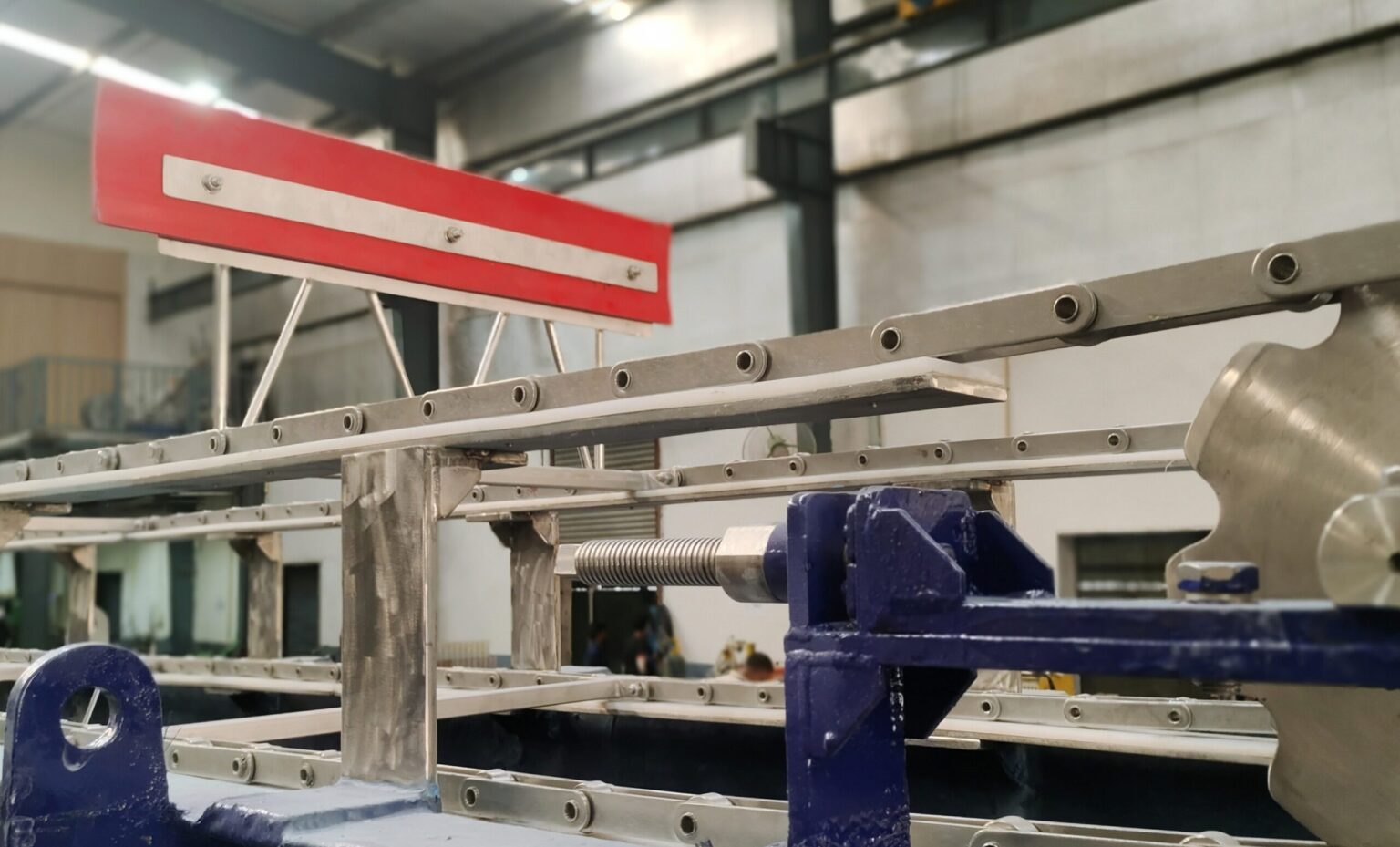Do I Need An Oil Water Separator, And Does It Meet My Requirements?

Oil Water Separator (OWS) are available in different types, designed to meet the singular objective of separating oil from a liquid. The importance of OWS is on increase with growing manufacturing volumes subsequently generating wastewater, increased logistics, and the dire need to conserve our environment.
Your manufacturing set-up whether small or large has a scope of deploying an OWS. Some industries may not involve the use of oil directly in their manufacturing process but the machines and equipment use oil as a lubricant which at some point enters the wastewater stream. We all are contributors to the release of oil in water in some or the other way.
This article covers the need of installing an OWS, its types, and how to choose the right one.
Dual Benefit, How?
Installing an Oil Water Separator not only protects the environment from potential hazards but also proves to be beneficial to your business.
Advantages of OWS To Business
- Improved Process Efficiency: Effective oil removal from wastewater enhances process efficiency. For example, when an OWS is installed in a wastewater reuse treatment plant the chemical treatment, and filtration process is more effective due to the absence of oils. Also, the filtration performance is facilitated.
- Reduced Maintenance: A well-designed oil-water separator takes into account the challenges of the application and efficiently separates oil from water thereby enabling the efficient performance of downstream equipment ensuring low maintenance requirements.
- Green Solution: OWS does not use any chemicals to separate oil and water. Thus, it is an environment-friendly method of oil removal.
- Improved Savings: The reclaimed oil can be reused in the processes thereby reducing expenditure. No chemicals or consumables are required to separate oil and water thus substantially saving on recurring costs.
Advantages of OWS to the Environment
- Reduced Contamination: When oil-contaminated wastewater is released into receiving channels it forms a film of oil on the surface of the water body thereby affecting oxygen levels and posing a survival threat to the aquatic life.
Similarly, oil-contaminated water released in the soil prevents the absorption of water and air from the oil required for the survival of plants and other organisms.
As we know the principle of OWS is the separation of oil from water. When wastewater/oil-contaminated water is treated using OWS it ensures that oil contamination is eliminated thereby making it safe for disposal.
- Conservation: The Oil Water Separator is an essential equipment in the water recycling process. Also, the collected oil can be reused. Thus, the use of oil-water separators gives second chance to our natural resources.
How Do I choose the right OWS for my needs?
In general equipment purchase is based on budget allocation but, it should not be the sole factor to be considered. The cost of purchase and cost of ownership are two different aspects that need to be understood. The points to be considered to choose the right OWS for your needs are:
- Identify how water gets contaminated by oil, whether it is free oil, dissolved oil, emulsions, etc.
- Calculate the accurate amount of oil concentration.
Once you have gathered data on the form and amount of oil contamination, it is easy to identify the type of OWS that will suit your needs. The two types of OWS are gravity-based oil-water separators and coalescer separators.
1. Gravity-based oil water separator (API Separator): is designed to remove free oil. The different types of gravity-based separators are Corrugated Plate Interceptors, Tilted Plate Interceptors, and Hydrocyclone separators.
- API separators are designed to remove oil droplets with diameters as small as 0.015 cm (150 microns).
- Under wide operating conditions, it removes both free oil and suspended solids down to a concentration between 50 to 200 mg/l
- They are designed to maintain laminar flow
2. Coalescing Separator: is similar to a gravity-based oil-water separator. Although, an oleophilic media is incorporated in a coalescing separator which enables the oil droplets to bind together on the surface of the media. By coalescing or binding together, the oil droplets increase in size and become more buoyant, thus rising to the surface swiftly, further enhancing separation.
The need for an Oil water separator is undeniable. An appropriate OWS not only protects the environment but also improves process efficiency. To protect the environment local authorities and government bodies in many countries have laid down stringent regulations on the discharge of wastewater. Heavy penalties are levied and, in some cases, the units are made to shut down if they failed to adhere to the guidelines.
An increasing number of businesses are looking forward to achieving optimum process performance and are broadening their vision by caring for the environment. A well-designed Oil Water Separator will help you achieve both goals with a single solution.
Frequently Asked Questions
Q.1 What are the benefits of using an oil skimmer in industrial settings?
A. Using an Oil Skimmer in industrial settings offers several benefits. Firstly, it helps in efficient removal of oil, grease, and other hydrocarbons from industrial wastewater, leading to improved water quality and compliance with environmental regulations. Secondly, oil skimmers aid in extending the lifespan of coolant or process water, reducing the need for frequent replacements and lowering operational costs.
Q.2 What is a mechanical bar screen and how does it work?
A. Mechanical Bar Screen is a type of wastewater treatment equipment used to remove large solid debris and floating objects from the influent wastewater. It typically consists of vertical or inclined bars spaced at regular intervals, forming a grid-like structure. As wastewater flows through the screen, the bars trap and collect the larger solid particles, preventing them from entering further into the treatment process.
Q.3 Why are sluice gates important in managing water flow?
A. Sluice gates are crucial in managing water flow due to their ability to control the flow of water in canals, rivers, and reservoirs. By opening or closing the gates, the rate of water discharge can be regulated, preventing floods during heavy rainfall or controlling water levels during dry periods. This helps maintain a steady and controlled flow, ensuring efficient water distribution for various purposes, such as irrigation, hydropower generation, and water supply to communities.





